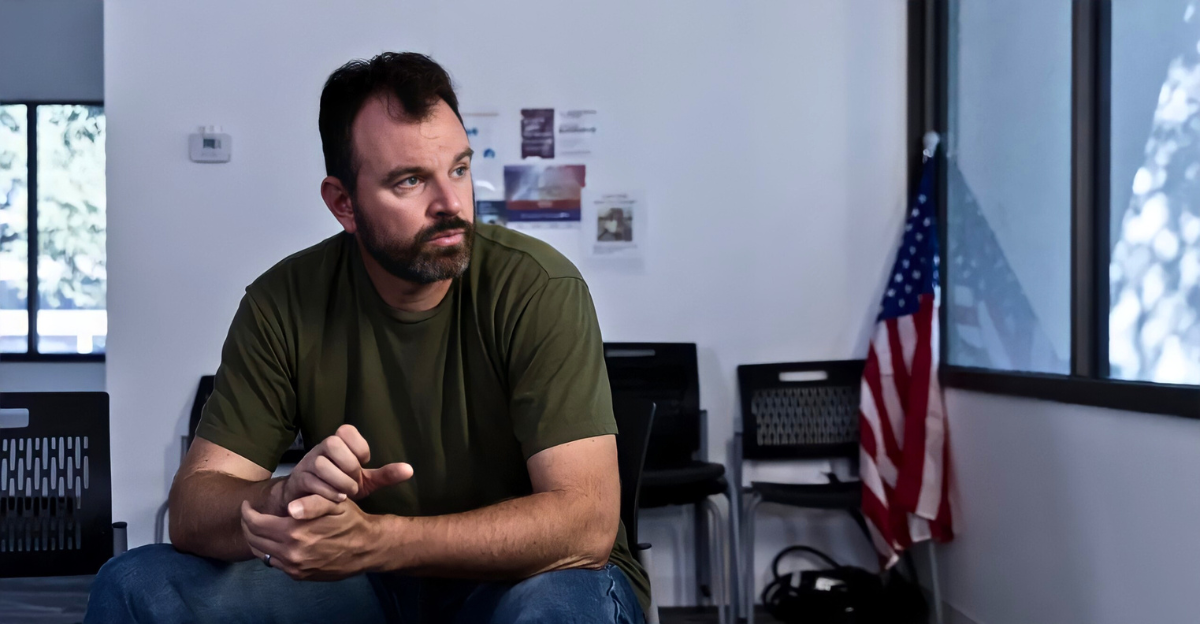
Across the U.S., remote work has opened doors to flexible careers and high-paying jobs from home. But for many in rural America, that door remains closed, even after billions in infrastructure investment.
Why are remote-ready jobs passing these communities by? The answers go beyond technology. They lie in habits, trust, and what people think the Internet is for.
A Growing Divide

More Americans are working from home than ever before. Since 2020, remote work has become a normal part of many industries.
But rural workers are missing out on this shift despite being just as eager to work. In some areas, jobs are available, the Internet is in place, but people still aren’t logging on.
Billions Spent… But What’s Changed?
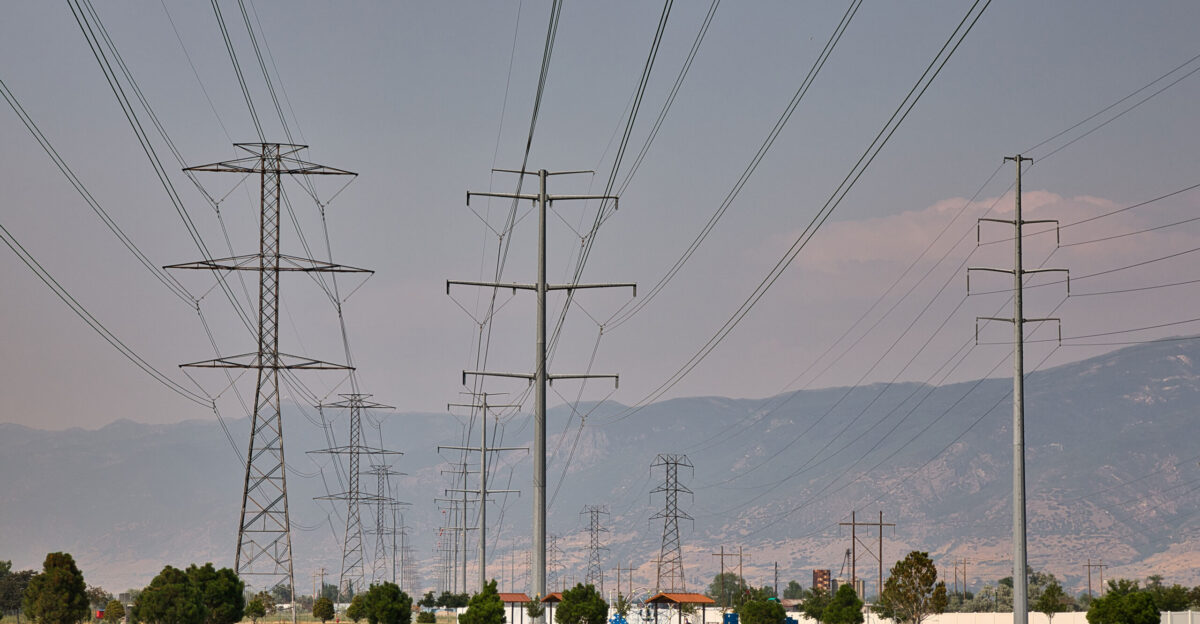
Federal and state programs have spent billions expanding broadband into rural regions. Towers went up, cables were laid, and coverage maps improved.
But the numbers show something surprising. In many places, new connections go unused. The Internet is technically available, yet households choose not to subscribe.
The Real Problem Isn’t Access
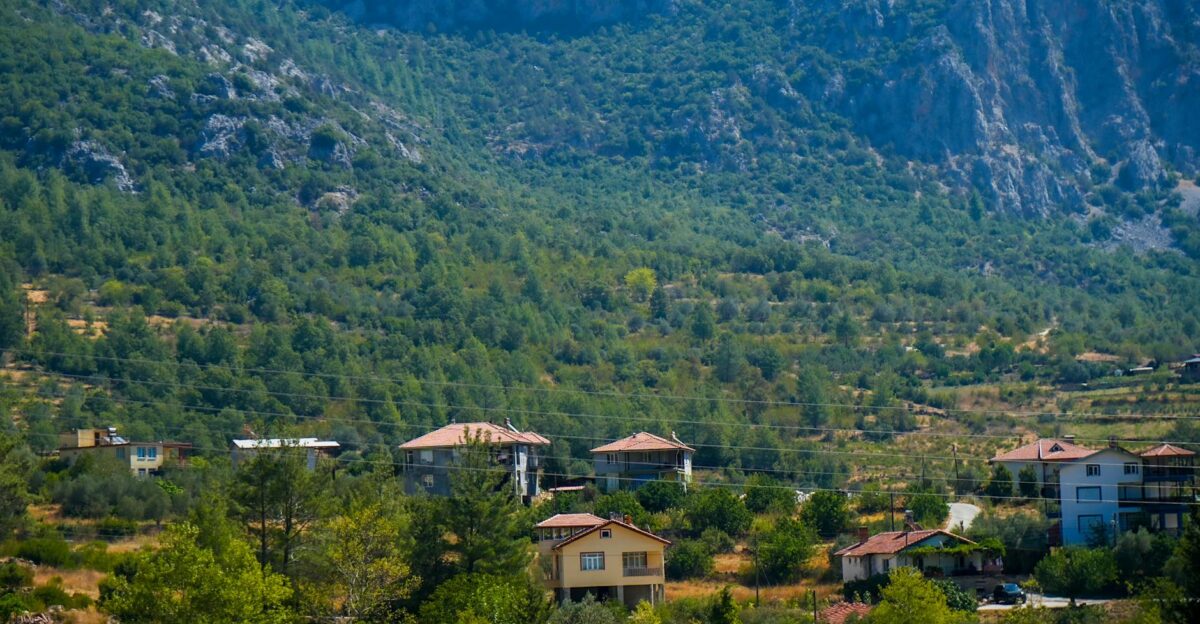
Much of the national conversation focuses on broadband “availability.” But just having the Internet nearby isn’t enough.
Many rural homes with broadband access still don’t use it. Many residents say they’re not interested, or that it just doesn’t feel relevant to their lives.
Adoption Lags Behind
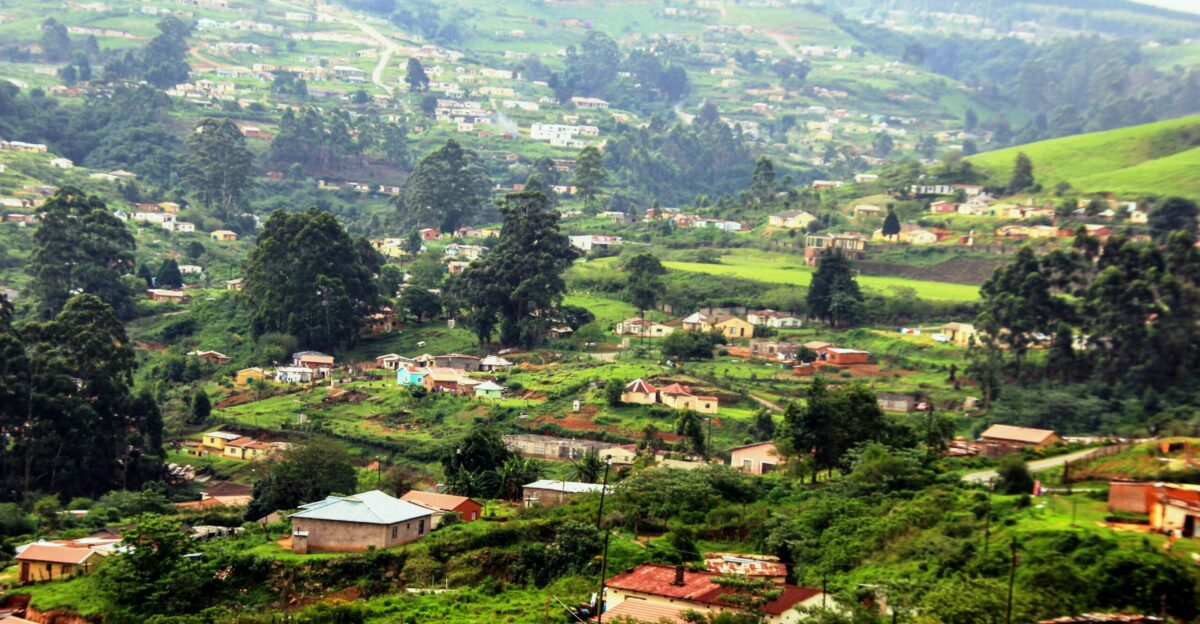
Even as access improves, broadband adoption stays low in many rural communities. In 2021, nearly 20% of rural homes didn’t have broadband service.
And among those who didn’t, a quarter weren’t deterred by price or complexity. They simply didn’t see the point of signing up.
Generational Gaps Make a Difference

Younger adults in rural areas are mostly online, but adoption drops steeply with age. Among rural adults over 75, only about two-thirds have broadband.
Many older residents don’t feel a need to change habits they’ve had for decades, even if the Internet is right there.
Old Habits Die Hard

Studies show that when rural households do get online, many use it mainly for entertainment. Streaming and social media are common.
But fewer people engage with digital tools that could change their lives, like online job platforms, telehealth, or digital education.
Opportunity Left on the Table

This isn’t just a lifestyle issue, it’s economic. Counties with high broadband use see stronger job growth and higher self-employment rates.
In today’s world, where 22% of Americans work remotely at least part-time, staying offline means missing out on entire industries.
Willing but Unable

Most mid-career rural workers say they’re open to retraining for remote jobs, but many haven’t started. Why?
Without a stable internet connection, even signing up for a course becomes a hurdle. It’s not about attitude. It’s about basic access to opportunity.
We’ve Seen This Before
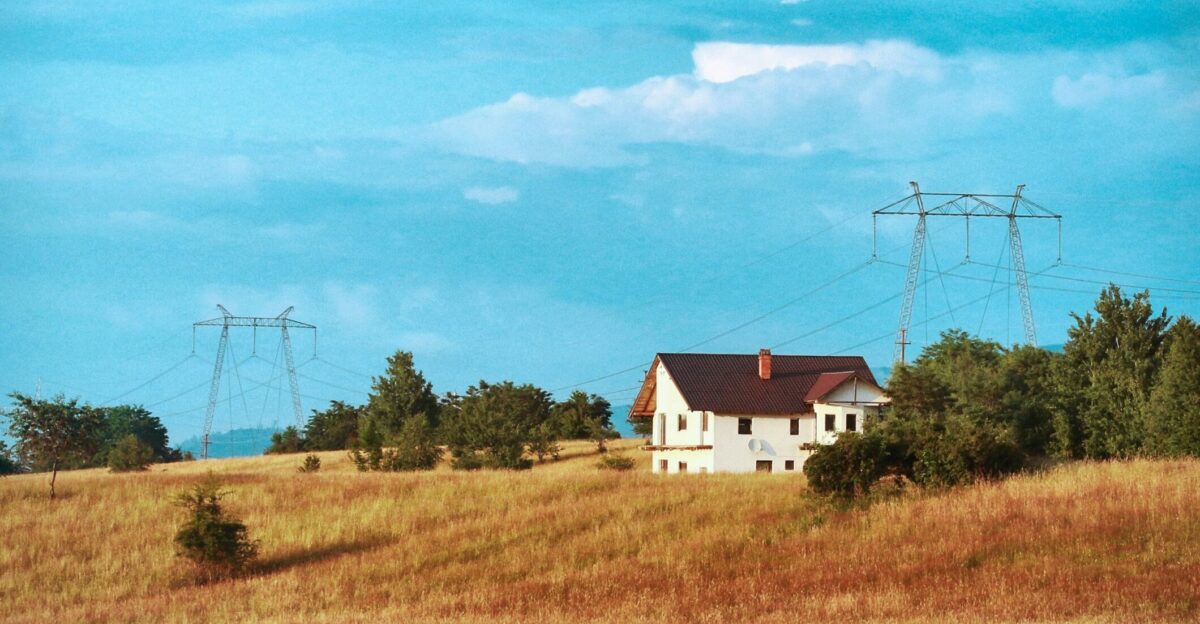
This isn’t a new problem. When electricity and phone lines first reached rural America in the 20th century, many homes didn’t hook up immediately. Outreach, local programs, and years of effort were needed to change habits and explain the benefits.
Modern Programs, Familiar Gaps
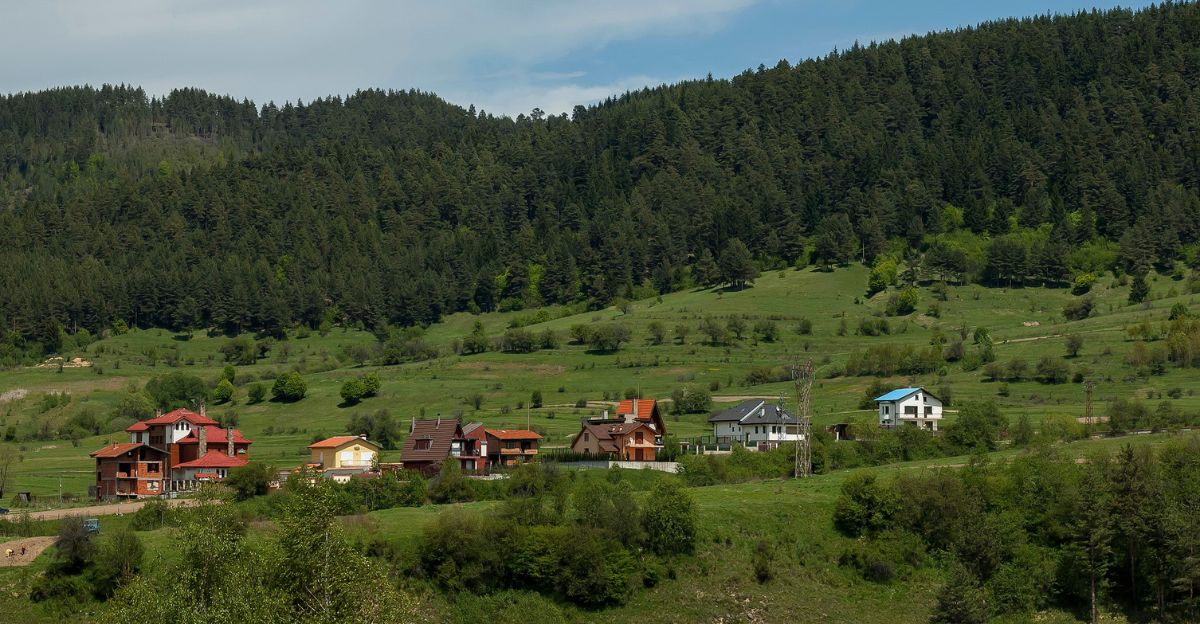
Government programs like the Affordable Connectivity Program have helped many low-income families get online.
But they haven’t fully closed the adoption gap. The people who take advantage of these programs are usually already inclined to value the Internet. The most disconnected often stay that way.
Healthcare Can’t Break Through

Rural health providers have added telehealth services, but older patients still prefer phone calls. Digital tools like patient portals are underused.
In areas like Ohio and West Virginia, clinics report low engagement with even basic online health tools, despite broadband being available.
Education at a Disadvantage

Remote learning isn’t just for college students. Kids doing homework need stable Internet too. Parents and caregivers struggle to support online education in many rural homes, especially older ones. Even when connections exist, digital literacy is missing.
Employers Hit a Wall
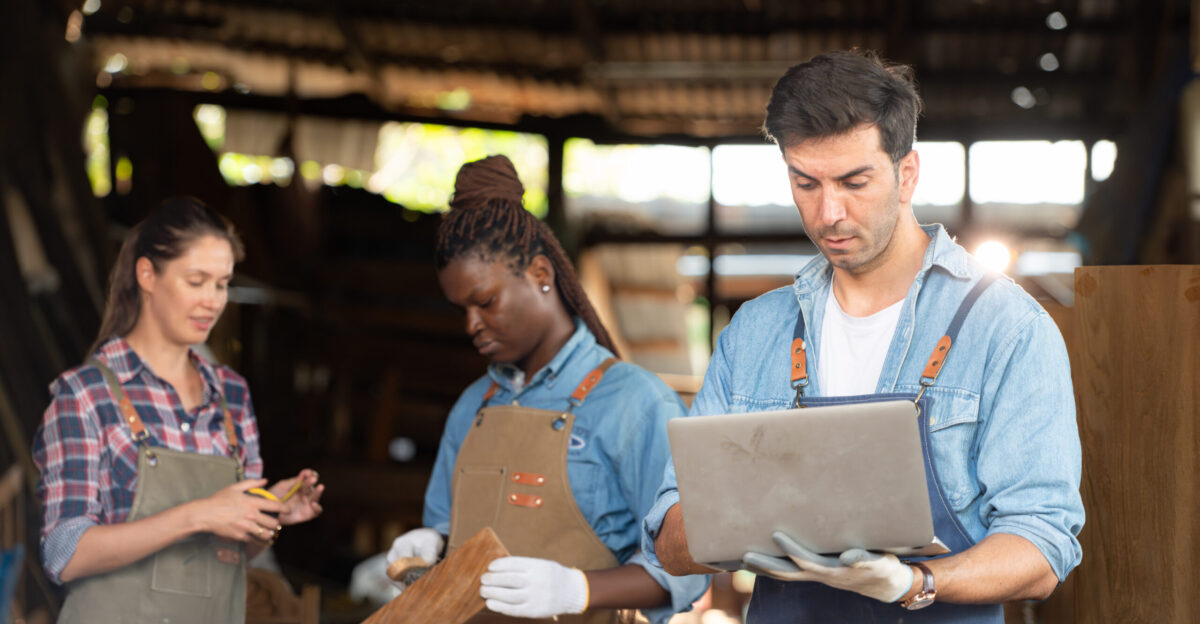
Local businesses that offer remote jobs can’t always find qualified applicants. Not because of skill, but because many people still aren’t confident using digital tools. Without basic digital fluency, entire job categories stay out of reach for willing workers.
Infrastructure Is Only Half the Work
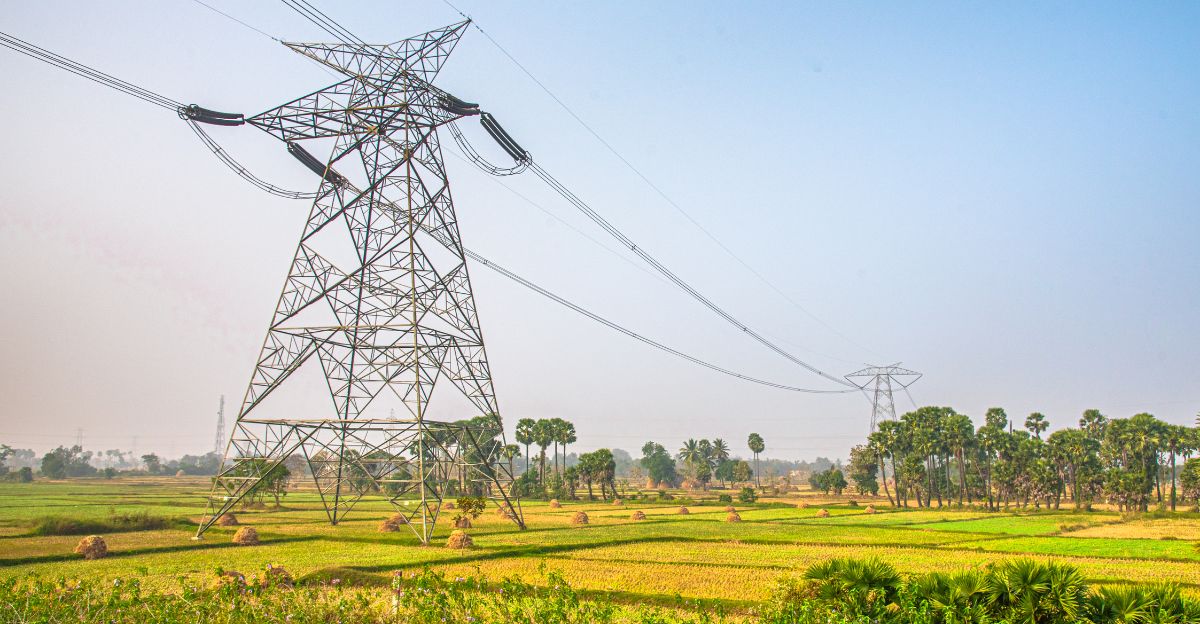
Laying cables and building towers is expensive, but that’s not the end of the story. Adoption depends on trust, relevance, and familiarity.
People need to know why broadband matters in their daily lives, otherwise, it becomes another service they don’t use.
The True “Last Mile”
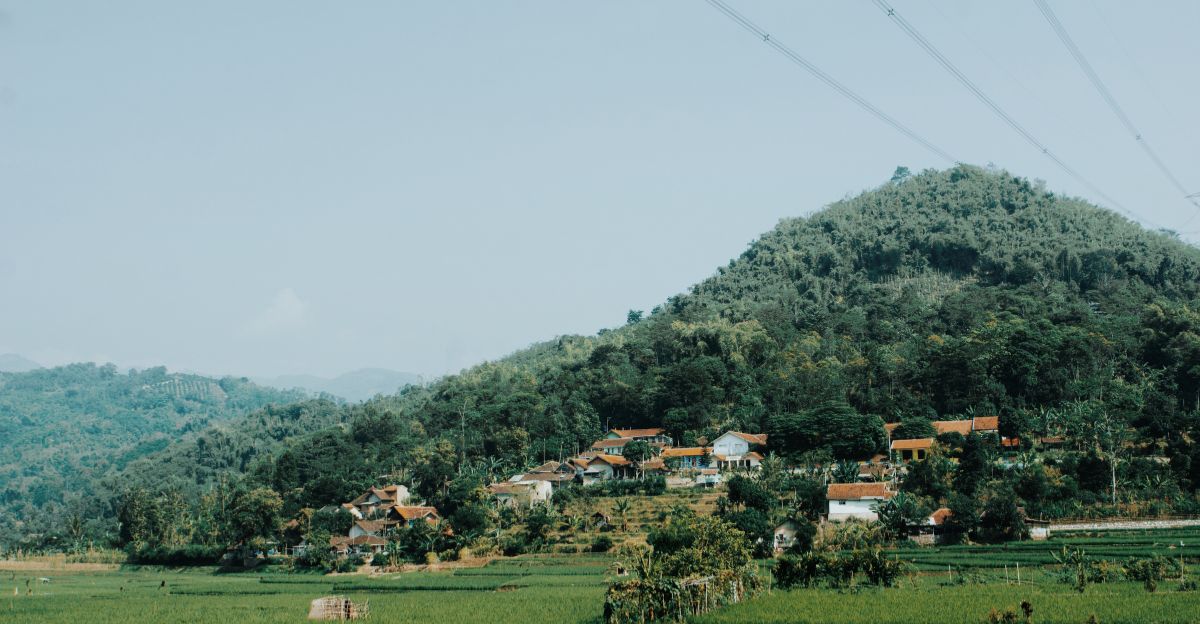
In tech, the “last mile” usually means getting service to the home. But in rural America, the last mile is about human connection.
It means getting trusted neighbors, librarians, and teachers to explain why broadband matters, and how to use it.
Simple Solutions That Work

Some states now train digital navigators: local people who help others get online with confidence. Other programs offer trial broadband access for free.
These aren’t high-tech fixes. Their community efforts are designed to build comfort and relevance around everyday internet use.
Without Outreach, the Gap Widens
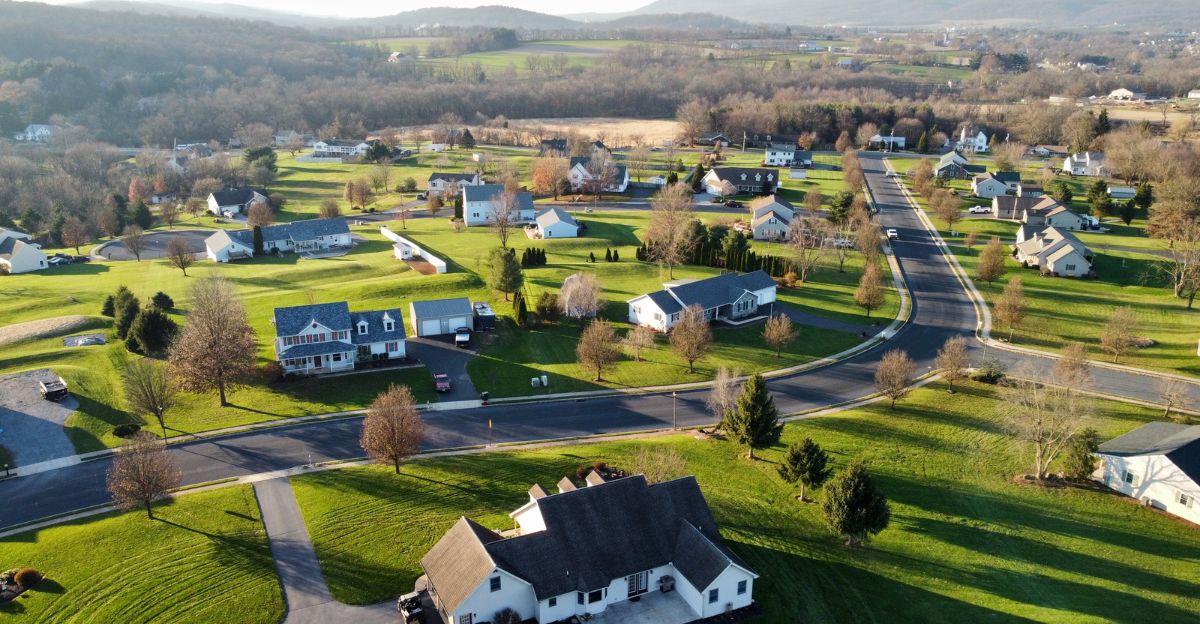
If rural communities don’t fully come online, the consequences go beyond job loss. Young people may move away, and older adults may grow more isolated. A digital divide becomes a social divide, one that’s harder to fix later.
What’s at Stake

Remote work isn’t a trend—it’s a permanent shift. People who can access it enjoy better pay, more flexibility, and stronger job security. If rural America stays offline, it risks being left behind, not by chance but by omission.
Connection Needs a Purpose

Broadband infrastructure exists. Now it’s time to make it matter. Outreach, training, and simple trial access can help communities bridge the final gap, not to the Internet, but to the opportunities it holds. The future of work is already here. The question is: who gets to join?